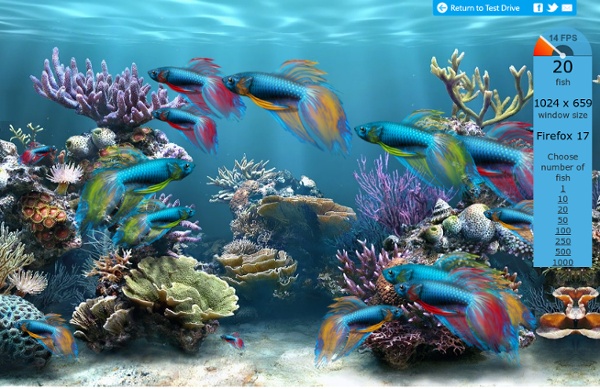



Exposed muscle halloween makeup It is the first week of October!!! It is starting to feel like fall… pumpkin flavored everything is in full swing, leather jackets and sweaters are being dusted off and…….Halloween will be here soon! I decided last month that I wanted to do some Halloween makeup tutorials because not only will it possibly be able to help some of you wanting to concentrate heavily on your makeup this year but it also gives me the chance to branch out, try some different techniques and have some fun! I decided to have my first look be a bit gory which is why I settled on this exposed face muscle look. I also wanted to introduce some latex techniques in because the possibilities with it are endless and it is soooo easy to use. This look actually only required three things: grease paint, latex and tissue. Products Used: Grease paint in red, white and black, latex or eyelash glue, not pictured: tissues Clean the skin. Step 1: Rip up your tissue into some jagged pieces, make different sizes. Step 2: Step 3: Ok.
Features 2013. Aug. 08. (Thursday), 22:05, by dualonDocumentation, Website, RT 4.0 For a complete and up-to-date list of features, see the RawPedia Features page. How To Style Maiden Braids Last month I did a makeover story with Kelsie and had many requests for a maiden braid tutorial. Yesterday she came in and we photographed these simple step by steps. Kelsie has extremely long and thick hair, but anyone with shoulder length or longer can do these braids (see my photo below for an example). Steps 1-2: Braid two strands on each side of a center part. Steps 3-5: Wrap braids around the crown of your head and pin in place with one pin each. Step 6: Arrange braids so that they cover the front of your head like a headband. Steps 7-8: Pull the rest of the hair into a ponytail and pin it into a cute messy bun. Step 9: Add final pins and spray.
True-Color GIF Example The three images to the left demonstrate the difference between a spectrum of 32697 colors and the same spectrum reduced by quantization to only 256 colors. All three images are in GIF format. All three conform to the GIF89A format specification as published by Compuserve. The big difference is that the ANGIF library was used to generate the true color GIF directly from the data buffer in the program that created the spectrum of colors in the 217 x 217 pixel image. The mistaken belief that GIF has a limit of 256 colors probably comes from the way GIF was first used when it came out. In the late 1980's, PC video cards generally supported no more than 256 colors. The more colors a picture has, the larger the GIF file will be. While using more than 256 colors in GIF is in most cases a bad practice, and should be limited to certain technical cases where extreme size can be tolerated, a statement that the GIF image file format is limited to 256 colors is simply false.
rolled paper flowers {tutorial Welcome to flower week – five days of simple and delightful flower projects. I could probably do three weeks of flowers because there are so many different ways to create them, but I’ve limited it to five of my current favorites. Before we get started, let me make a few disclaimers: 1. 2. 3. Okay, so let’s begin. Here’s what you’ll need: :: paper {either cover or text weight} :: florist wire :: scissors, pencil, glue gun STEP ONE: cut irregular circle This circle is approximately 8 inches, but you can do any size you wish. STEP TWO: cut spiral Start at the outside edge and cut in a spiral fashion to the center. I like a sort of bumpy shape so that the petals end up a bit irregular If you aren’t so sure about your cutting skills, feel free to draw your spiral before cutting. To add a little interest to my bouquet, I used a variety of yellow scrapbook papers {my favorite is that yellow dot} STEP THREE: roll your blossom start at the outside edge and coil tightly STEP FOUR: release coil
Virtual Pickett N909-ES SIMPLEX TRIG RULE with METRIC CONVERSION Slide Rule Simulated Pickett N909-ES Slide Rule [Instruction Sheet (jpg)][Explanation][Gallery Index][back to AntiQuark] [Copyright © 2005 Derek Ross] Creative Dining & Breakfast Nooks Need inspiration? Here is our collection of the most comfortable and efficient dining and breakfast nooks for your best family gatherings. Be sure to add your ideas in the comments below. Image evolution What is this? A simulated annealing like optimization algorithm, a reimplementation of Roger Alsing's excellent idea. The goal is to get an image represented as a collection of overlapping polygons of various colors and transparencies. We start from random 50 polygons that are invisible. In each optimization step we randomly modify one parameter (like color components or polygon vertices) and check whether such new variant looks more like the original image. If it is, we keep it, and continue to mutate this one instead. Fitness is a sum of pixel-by-pixel differences from the original image. This implementation is based on Roger Alsing's description, though not on his code. How does it look after some time? 50 polygons (4-vertex) ~15 minutes 644 benefitial mutations 6,120 candidates 88.74% fitness 50 polygons (6-vertex) ~15 minutes 646 benefitial mutations 6,024 candidates 89.04% fitness 50 polygons (10-vertex) ~15 minutes 645 benefitial mutations 5,367 candidates 87.01% fitness Requirements